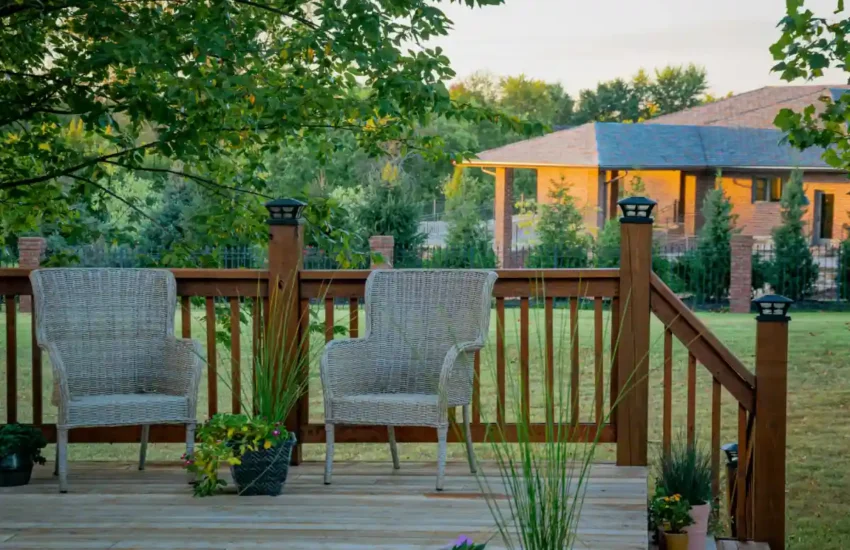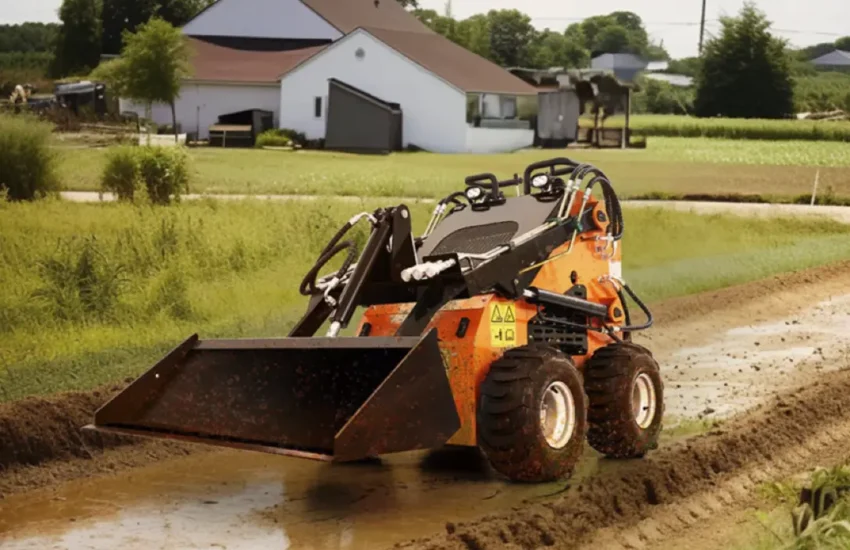What Happens If Your House Has Been Hit By A Flood
Experiencing a flood can be one of the most devastating natural disasters for any homeowner. The sudden onslaught of high water levels can wreak havoc on a property, causing severe structural damage and disrupting everyday life. But what exactly happens when a flood hits your house? This guide will navigate you through the immediate aftermath of a flood, providing key insights into the potential damage, safety concerns, and recovery process.

1. Structural Damage
The impact of a flood can result in significant structural damage, undermining the integrity of your home. Water can seep into the foundational structures, causing them to weaken or crack. Walls, floors, and ceilings may absorb water, leading to swelling, warping, or collapse. Electrical systems can short-circuit, increasing the fire risk, while plumbing systems can be obstructed or damaged.
In addition, prolonged exposure to moisture encourages the growth of mold and mildew, which can compromise the air quality within the home and potentially cause health issues. The roofers at Allphase Restoration can assess the extent of structural damage and provide immediate repairs to prevent further deterioration. Depending on the extensive damage, you may need to vacate the premises until it is safe to return.
2. Water contamination
When a flood inundates a home, it often brings a host of contaminants, including bacteria, sewage, chemicals, and debris, turning the water into a hazardous mix. This contaminated water can pose significant health risks if individuals come into contact with it, ingest it, or use it for cleaning. Bacteria such as E. coli and Salmonella are common in floodwaters and can lead to severe illnesses.
The floodwaters can also inundate your home’s water supply system, making the tap water unsafe for consumption or use. In addition, chemicals and pesticides can lead to long-term health effects. As part of the recovery process, it is essential to have the water tested for contaminants and the affected area professionally cleaned and disinfected to ensure a safe and healthy living environment.
3. Electrical hazards
Floodwaters can carry electrical currents, posing a severe risk of electrocution. Contact with water can energize electrical systems, outlets, and appliances, endangering individuals. Downed or damaged power lines during a flood amplify the risk. Additionally, electricity can travel through water and wet objects, making even non-connected items hazardous.
It’s critical to avoid contact with standing water and any objects within it until a professional electrician can safely disconnect the power, inspect the electrical system for damage, and make necessary repairs. In this phase, using a generator for alternative power must also be managed carefully, as improper installation or operation can lead to carbon monoxide poisoning.
4. Insurance coverage
Understanding your insurance coverage is crucial when dealing with flood damage. Standard homeowner’s insurance usually excludes floods, so a separate policy from the National Flood Insurance Program (NFIP) or a private insurer is required. Flood insurance covers structural damage to your home, including electrical and plumbing systems and installed paneling and carpeting. It also covers personal belongings like clothing, furniture, and electronics, up to policy limits.
Please note that particular limitations and exclusions may apply. For example, damage to basements and personal property within them may not be covered. Additional living expenses due to home uninhabitability may not be provided. After it is safe to enter your home following a flood, document all damage with photos or videos and contact your insurance company to initiate a claim. A prompt and organized claims process can expedite your recovery.
5. Restoration Process
Restoring a property after a flood involves assessing damage, extracting water, drying and dehumidifying, cleaning, and making repairs. The first step is removing standing water with specialized equipment. Once the moisture is extracted, the property is dried using air movers and dehumidifiers to prevent mold growth.
The next phase involves cleaning and sanitizing all surfaces, including walls, floors, and furniture, to remove contaminants and eliminate odors. If necessary, items such as carpets or drywall may need to be removed and replaced. The final step is restoring the home to its pre-flood condition by repairing any structural damage and conducting necessary maintenance measures such as waterproofing.
6. Preventative Measures
While it’s impossible to prevent a flood from occurring, there are steps you can take to minimize the potential damage. Regular property maintenance, including checking for cracks and leaks in your foundation, roof, and walls, can help identify areas needing reinforcement. Installing sump pumps or backflow valves can also help redirect excess water away from your home’s interior. Additionally, having a comprehensive emergency plan that includes evacuation routes and emergency contact information can help reduce the risks and consequences of a flood.
Floods can cause significant damage to your home, posing safety hazards and disrupting daily life. It’s crucial to be well-informed about the risks and take necessary precautions. In case of a flood, contacting a restoration company can expedite the recovery process and ensure your home is restored. Stay in touch with your insurance provider and document all damage for an efficient claim process. With preparation and timely action, you can minimize the impact on your home and family.


